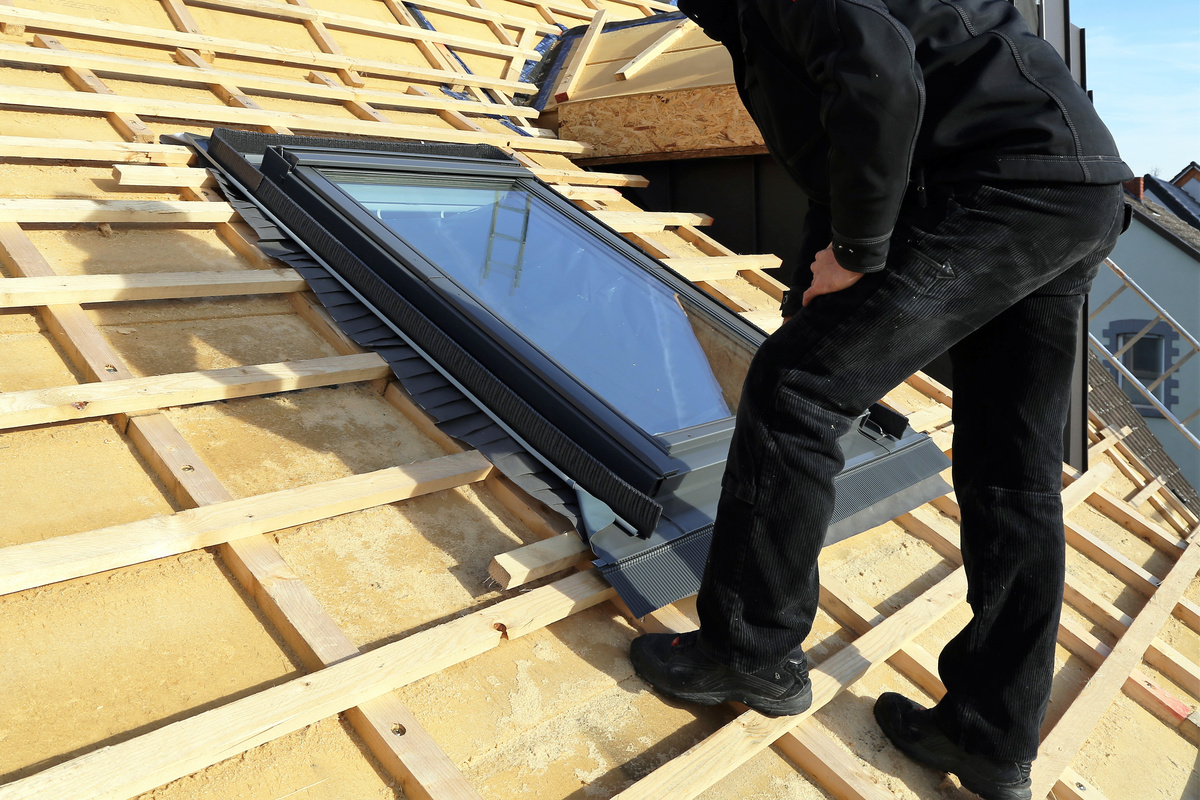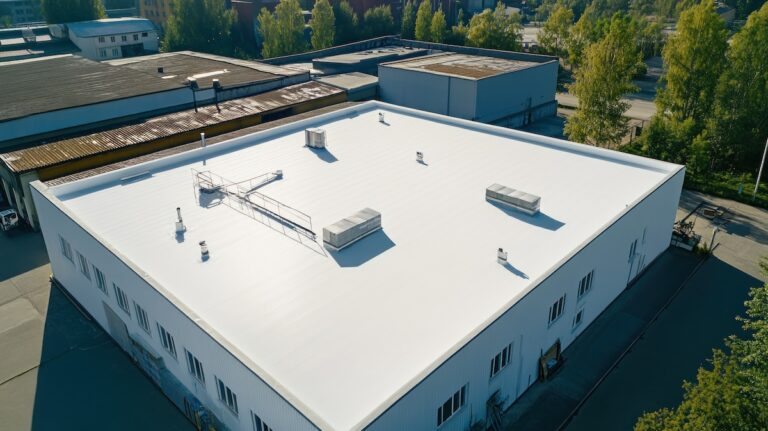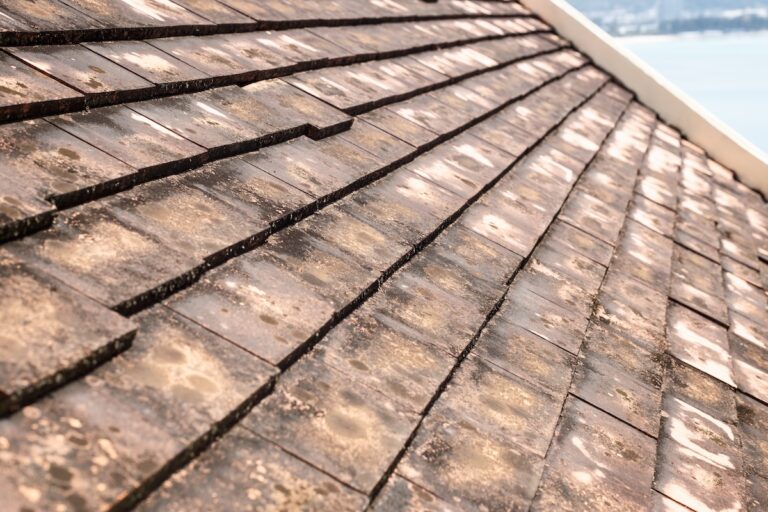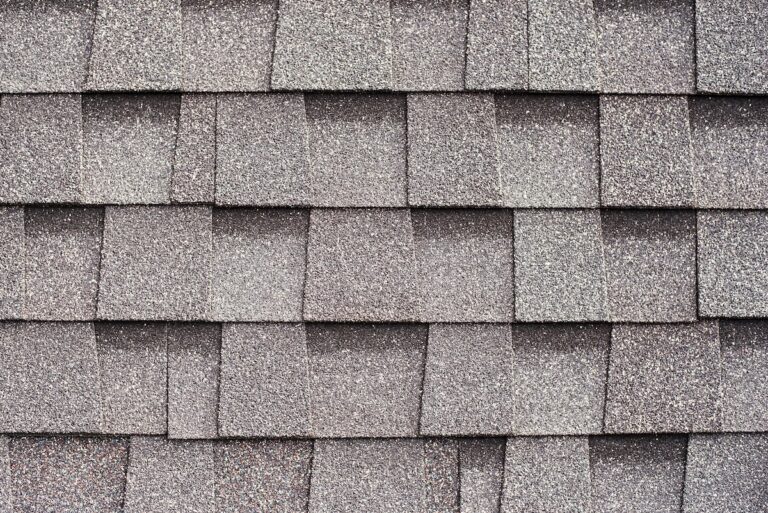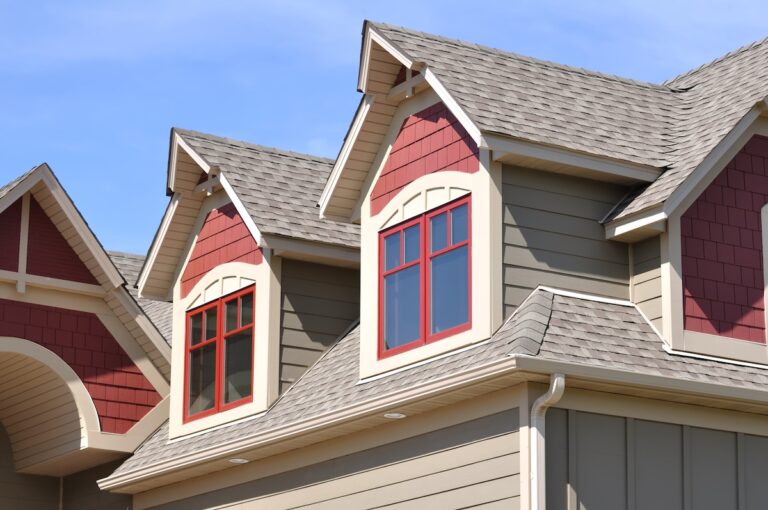A roof is more than just shingles. It’s a complex system with multiple layers, each designed to protect your home from the elements. For homeowners, understanding these layers can be vital in maintaining the integrity and longevity of their roofs.
Not sure where to start? We’ve got you covered in this guide, where we’ll explore:
- The different layers of a roof
- How to spot damage
- Maintenance tips
- Why having a reliable roofing contractor is essential
Why Homeowners Should Understand Their Roofs
Your roof is a significant investment. Understanding its structure and components can help you:
- Identify Problems Early: Spotting minor issues before they become major problems can save you time and money.
- Make Informed Decisions: Whether it’s choosing between repair or replacement, or selecting the right materials, knowledge is power.
- Increase Longevity: Proper maintenance stems from understanding what each part does and how to care for it.
- Improve Safety: A well-maintained roof protects your home from leaks, mold, and structural damage.
The 6 Layers of a Roof
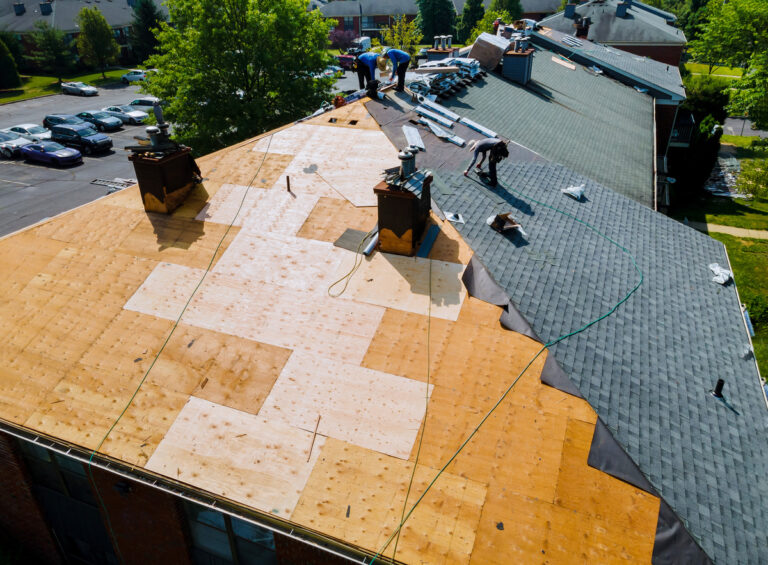
We’re breaking down all the various parts of a roof you need to know, below!
1. Roof Deck
The roof deck is the foundation of your roof. It’s typically made of plywood or oriented strand board (OSB) and provides the surface for other materials to attach to.
⭐️ Purpose:
- It supports the weight of the roofing materials.
- It ties the roof together and provides structural support.
🚨 Common Issues:
- Rotting or warping due to moisture.
- Damage from pests or previous repairs.
2. Underlayment
The underlayment is a water-resistant barrier installed directly on top of the roof deck.
⭐️ Purpose:
- Provides an additional layer of protection against water infiltration.
- Acts as a secondary barrier in case shingles are damaged.
✅ Types:
- Felt Paper: Traditional and cost-effective.
- Synthetic Underlayment: More durable and resistant to tearing.
3. Ice and Water Shield
This self-adhesive membrane is applied to vulnerable areas like eaves, valleys, and around penetrations.
⭐️ Purpose:
- Prevents water from seeping into the roof deck, especially in areas prone to ice dams and heavy rainfall.
👍 Benefits:
- Offers superior protection against leaks.
- Adheres tightly to the roof deck to seal around nails and other fasteners.
4. Shingles
Shingles are the outermost layer of your roof, visible from the ground.
⭐️ Purpose:
- Protects against weather elements like rain, wind, and UV rays.
- Enhances the aesthetic appeal of your home.
✅ Types:
- Asphalt Shingles: Most common, durable, and cost-effective.
- Metal Shingles: Long-lasting and resistant to extreme weather.
- Wood Shingles: Aesthetically pleasing but require more maintenance.
- Tile Shingles: Durable and energy-efficient, but heavy and expensive.
5. Flashing
Flashing is made of metal (usually aluminum or galvanized steel) and is installed around roof penetrations and intersections.
⭐️ Purpose:
- Directs water away from critical areas to prevent leaks.
🏠 Common Areas:
- Chimneys, skylights, valleys, and around vents.
6. Ridge Vents and Ridge Caps
⭐️ Purpose:
- Allow hot, moist air to escape from the attic, maintaining a balanced temperature.
- Covers and protects the ridge vent.
👍 Benefits:
- Prevents mold growth and reduces energy costs.
- Enhances the roof’s appearance and offers additional protection against leaks.
How to Spot Roof Damage
Regular inspections are crucial to catch potential problems early. Here’s what to look for:
From the Ground:
- Missing, cracked, or curling shingles.
- Sagging roofline.
- Discoloration or moss growth.
- Damaged flashing around chimneys, vents, and skylights.
In the Attic:
- Signs of water damage or leaks.
- Light coming through the roof.
- Mold or mildew growth.
Professional Inspection:
- Hiring a roofing contractor for a thorough inspection annually or after a major storm.
What to Do If Your Roof is Damaged
If you notice any signs of damage, act quickly:
Document the Damage:
Take photos and notes for insurance claims and repair estimates.
Temporary Fixes:
Use tarps or plywood to cover exposed areas and prevent further damage.
Contact Your Insurance:
Report the damage and initiate a claim process if covered.
Hire a Roofing Contractor:
Choose a reputable contractor to assess and repair the damage. Obtain multiple quotes and check references.
Roof Maintenance Tips
Preventive maintenance can extend the life of your roof. Here are some tips:
- Clean Gutters Regularly: Clogged gutters can cause water to back up and damage the roof edge.
- Trim Overhanging Branches: Prevents branches from damaging shingles and reduces leaf buildup in gutters.
- Inspect After Storms: Check for any damage or debris that may have blown onto the roof.
- Remove Moss and Algae: Use a gentle solution or hire a professional to clean the roof without damaging shingles.
- Check Flashing and Seals: Ensure all flashing is intact and sealed properly to prevent leaks.
How Often Should You Perform Maintenance
Wondering how often you should spend time taking care of your roof? Don’t worry. It’s simple!
- Monthly: Visual inspection from the ground.
- Seasonally: Clear debris, clean gutters, and inspect roof for any visible damage.
- Annually: Professional inspection and maintenance. This is especially important before and after harsh weather seasons.
Why It’s Important to Have a Roofing Contractor
Having a trusted roofing contractor on call offers several benefits:
- Expertise: Professional contractors can identify issues that may not be visible to the untrained eye.
- Quality Repairs: Ensures repairs are done correctly and safely, extending the life of your roof.
- Emergency Services: Quick response during emergencies can prevent further damage.
- Peace of Mind: Knowing you have a reliable professional to call can reduce stress and protect your investment.
Proper Roof Installation
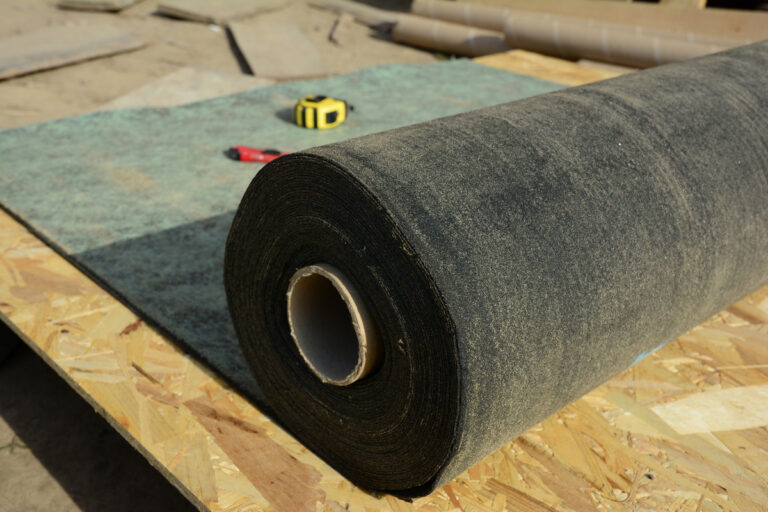
Understanding the layers of your roof and how to maintain them can save you time and money while ensuring your home remains safe and secure. Regular inspections, timely repairs, and preventive maintenance are key to extending the life of your roof. And when in doubt, always rely on a trusted roofing contractor to provide expert guidance and quality service.
Ready to ensure your roof is in top shape? Contact us today to schedule a professional inspection or to learn more about our services.
